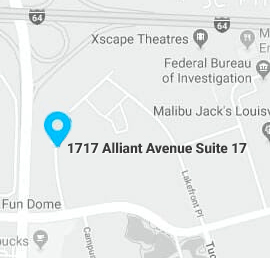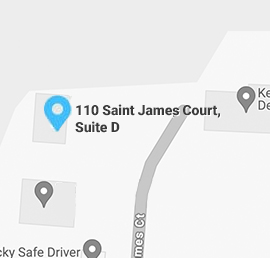The Three Step Guide to Choosing The Best Federal Student Loan Repayment Plan For You
If you’re reading this, you probably have a mountain of student debt to dig yourself out of, or you will have soon. Over 70% of college students in the United States graduate with debt, and the average amount per student is over $37,000. Not surprisingly, for many graduates, a student loan payment is approximately the same as a mortgage payment. Trying to find ways to pay off your loan debt without sacrificing quality of life now or spending literally the rest of your life paying for your college education can feel impossible. Luckily, the repayment options are not as difficult as they initially look. This article compares them and helps you to choose the right plan for you.
Know Your Options
There are currently eight repayment plans offered by the federal government, which are as follows:
- Standard: This plan has a set monthly payment that does not change over the course of repayment, which is set at 10 years. There are no special qualifications. Public loan forgiveness and debt cancellation are not options.
- Graduated: Your payments start out small and increase over time as your income theoretically increases as well. Repayment is set at 10 years, and like the standard plan, there are no special qualifications, no public loan forgiveness, and no loan cancellation.
- Extended: Payment is set at 10% to 15% of your discretionary income. Direct and FFEL loans started after Oct. 7, 1998, may qualify, as long as they have a balance greater than $30,000. The repayment term is 25 years, and like the last two plans, public loan forgiveness and loan cancellation is not possible.
- Income-Based Repayment (IBR): This plan is essentially a combination of the extended and standard plans. Payments are set at 10% to 15% of discretionary income, and the IBR payment can never be more than the standard payment. If you do not have discretionary income (as determined by the government), then a qualifying payment is $0. To qualify, you must demonstrate financial hardship. Repayment is 20 or 25 years, after which point the remaining balance is forgiven (this is reduced to 10 years if you qualify for public loan forgiveness.)
- Pay As You Earn (PAYE): Payments are 10% of discretionary income over a repayment term of 20 years, after which point the remainder of the loan is forgiven. If you do not have discretionary income, then a qualifying payment is $0. Direct loans taken out after October 2007 may qualify. The borrower must demonstrate partial financial hardship. Payments will never be more than the standard plan. Public loan forgiveness is an option, as is loan forgiveness.
- Revised Pay As You Earn (Re-Paye): This is the same as PAYE, except for a few important differences. All Direct loans qualify. The repayment term is 20 or 25 years, and payments are 10% of discretionary income (even if more than the standard payment). If you do not have discretionary income, then a qualifying payment is $0. After the repayment term, the remaining balance is forgiven.
- Income-Contingent Repayment (ICR): Payments are the lesser of 20% of discretionary income or the standard payment over a 12-year fixed payment plan. All direct loans qualify, and the repayment term is 25 years. Loan cancellation and public loan forgiveness are not available.
Assess Your Situation
To choose the right plan, ask yourself a few questions:
- Would you qualify for Public Student Loan Forgiveness, which is afforded to people who agree to work in certain public service fields for a term of 10 years in exchange for loan forgiveness after those ten years? If so, then IBR, PAYE, or RE-PAYE are your best bet, since you will not have to worry about increasing interest.
- Can you pay the standard payment? If you can, then you should; choosing one of the longer repayment options can easily double the cost of your loan. If not, continue reading.
- Even if you cannot make significant payments now, do you expect that you will be able to within a few years? If you anticipate a dramatic increase in income relatively shortly, then the graduated plan, which is still 10 years, is probably the best balance.
- Can you demonstrate financial hardship, and was your loan taken out after 1998? Any of the income-based repayment plans may be an option (Extended, IBR, RE-PAYE, ICR), except for PAYE, which only applies to loans started after October 2007.
- Are you dealing with financial hardship and your situation is unlikely to change? IBR, PAYE, or RE-PAYE will be your best options as all those offer loan forgiveness after a period of qualifying payments.
Call Your Loan Servicer
Before you make the call, make sure you have a copy of your most recent bill, as well as information about your chosen plan. Loan servicers tend to discourage borrowers from choosing payments such as IBR and the PAYEs because they require more time and paperwork, so also be prepared to be firm and assert your right to pick the most beneficial plan for you and your situation. Of course, file all the requisite paperwork once you’ve selected your plan.
Tolerable loan repayment terms are possible with a little bit of planning. This guide should help you choose a plan that won’t break your budget and will also keep you out of default.






